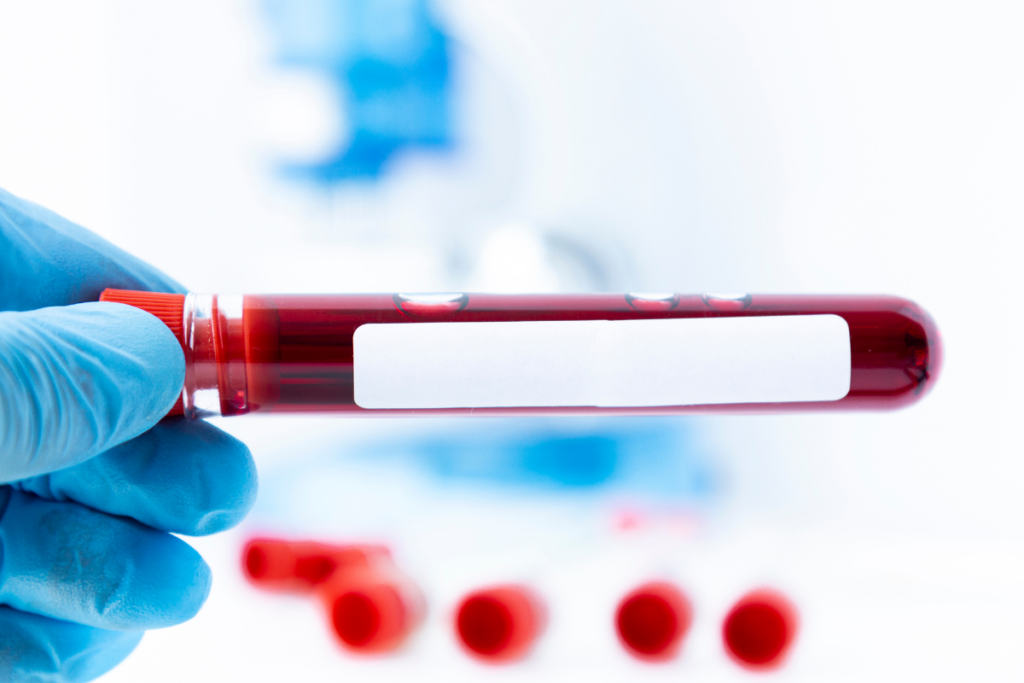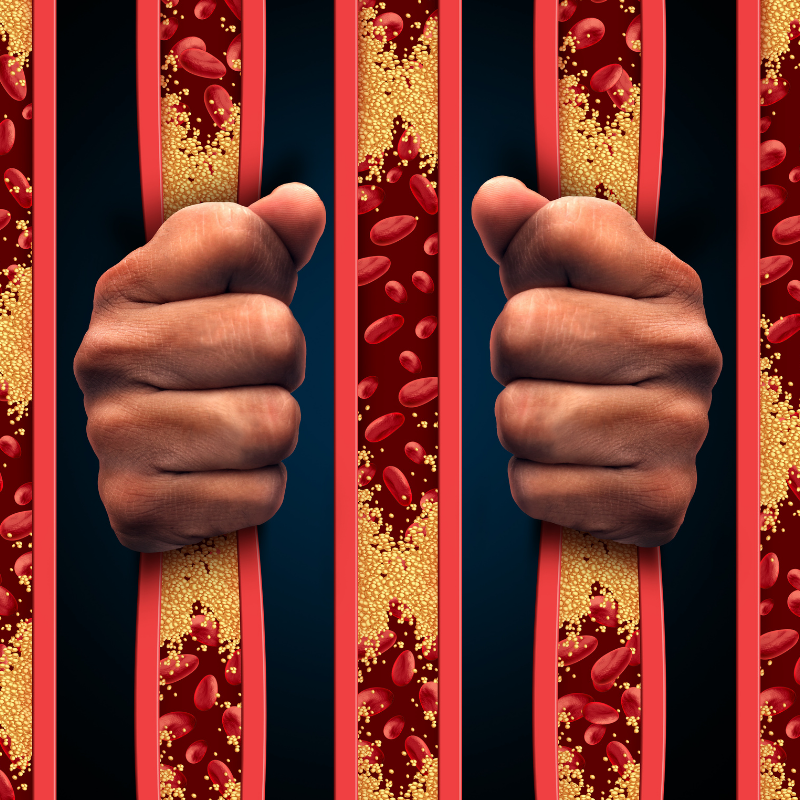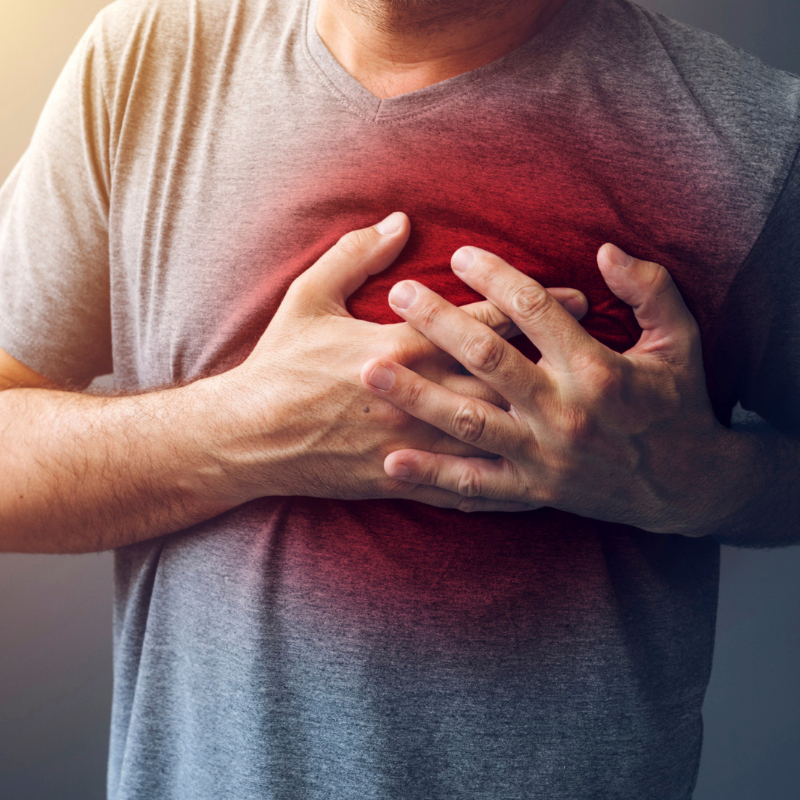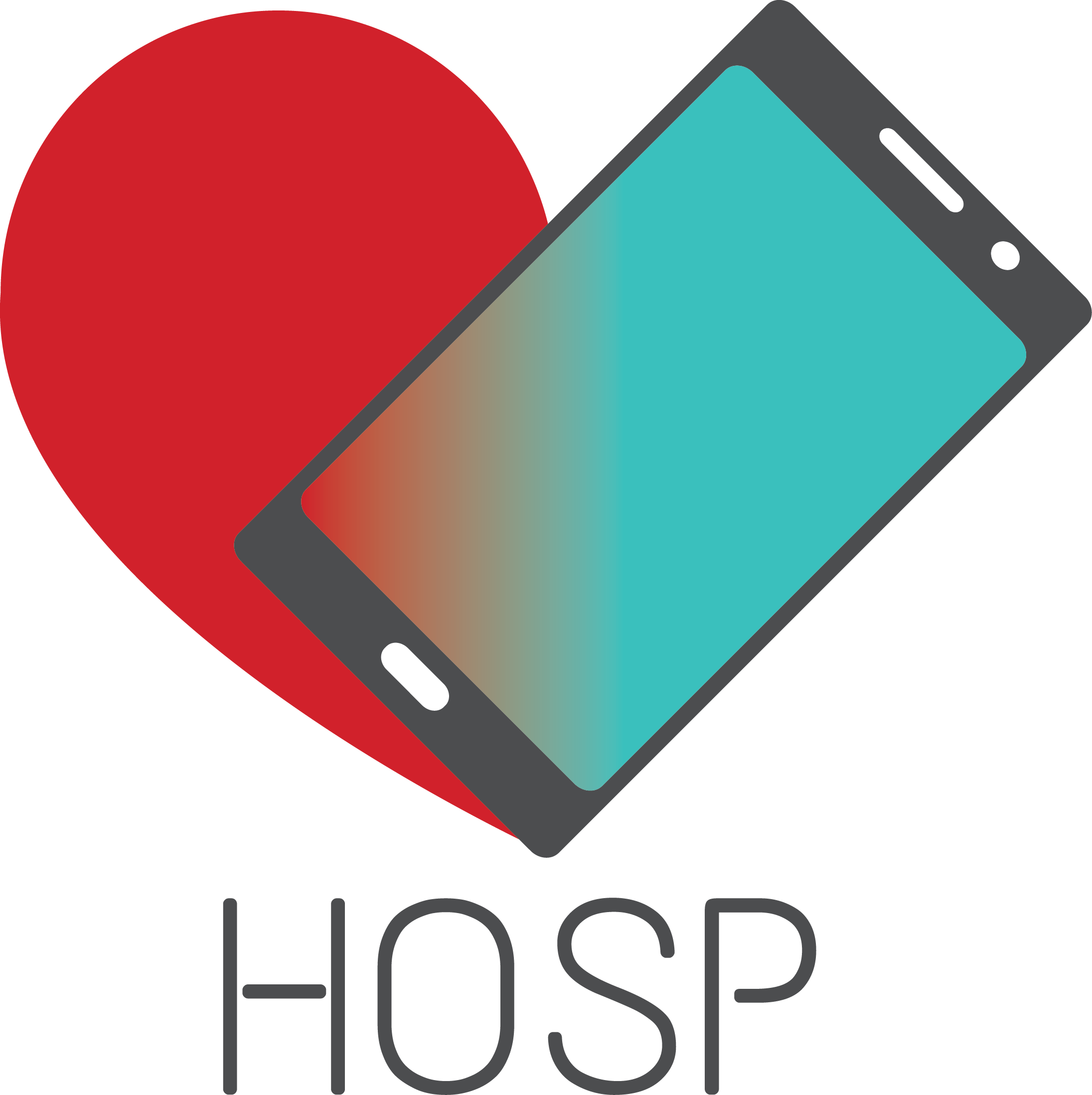Anticoagulants (Blood Thinners)

Anticoagulants, also known as blood thinners are a type of medication that is used to prevent blood clotting (coagulation) and reduce the chance of serious, life-threatening events. For decades, the main anticoagulants were heparin and warfarin, but a lot of new drugs were developed since their discovery. A medical student Jay McLean, have discovered heparin in 1916, but the clinical trial was conducted in 1935 and heparin was launched for intravenous use in 1936. The most commonly used anticoagulant, warfarin, was found after the outbreak of sweet clover disease, which occurred in 1920’ (internal bleeding that manifested in cattle after eating the spoiled sweet clover hay). The substance responsible for those effects was dicoumarol, a natural derivative of coumarin. Warfarin was later synthesized in 1940 by Karl Paul Link. It has shown to be superior compared to dicoumarol and was approved for medical use in humans in 1954.
Clotting (Coagulation)
Blood clotting is a part of the bleeding stopping process called hemostasis. Stages of hemostasis include vasoconstriction (blood vessel narrowing), platelet plug formation (platelet aggregation), blood clotting (coagulation), and stabilization and breakdown of clots (fibrinolysis).
Coagulation is induced by blood vessel damage, and that resembles a normal organism’s damage to an injury, or it could be part of a pathological process of an intravascular clot forming without bleeding, called thrombosis.
The blood changes its liquid consistency into a form of a gel in the phase of the coagulation on the damaged blood vessel’s spot. The time of the blood clot forming depends on the severity of the injury. There are two ways of the coagulation cascade, the tissue factor pathway (extrinsic pathway), and the contact activation pathway (intrinsic pathway), but the main point is to convert the soluble protein fibrinogen into the insoluble protein fibrin by an enzyme called thrombin. Fibrin degradation leads to fibrin monomers which are spontaneously polymerized. Polymerized fibrin catches erythrocytes (red blood cells) and thrombocytes (platelets), forming a blood clot (coagulum).
Аlmost all elements that induce the coagulation are in the inactive state, a chain reaction where one element activates another if it’s activated. Clotting is regulated by coagulation factors.
Coagulation factors
| FACTOR | NAME |
| I | Fibrinogen |
| II | Prothrombin |
| III | Thromboplastin (tissue factor) |
| IV | Calcium (Ca2+) |
| V | Proaccelerin (labile factor) |
| VI | / |
| VII | Proconvertin (stable factor) |
| VIII | Antihemophilic factor A |
| IX | Antihemophilic factor B |
| X | Stuart-Prower factor |
| XI | Plasma thromboplastin antecedent |
| XII | Hageman factor |
| XIII | Fibrin stabilizing factor |
Types and mechanism of action
There are many types of anticoagulation medicines including heparin and derivative substances, coumarins (vitamin K antagonists), and direct acting oral anticoagulants (Novel oral anticoagulants/NOAC).
Heparin and derivative substances
They act immediately, preventing the expansion of a blood clot. This group includes heparin, low molecular weight heparins, and synthetic pentasaccharide inhibitors of Xa factor.
Heparin
Heparin is a short-acting medicine, and it is usually given continually into the vein. It activates an anticoagulant enzyme called antithrombin III which inhibits the activated coagulation factors, thrombin (factor IIa), and factor Xa. Checking of activated partial thromboplastin time (aPTT)needs to be conducted to monitor heparin’s activity. It needs to be 1.5 – 2.5 times normal values.
Low molecular weight heparins
Low molecular weight heparins represent the heparin fragments. They are given under the skin, and this application can be performed at home. LMWH don’t need to be monitored as their function is predictable and they have fewer side effects. Mechanism of action is the same as of heparin, but with more effects on factor Xa, and less on factor IIa because it is a heterogeneous mixture of molecules. Examples of this group are enoxaparin, dalteparin, nadroparin, bemiparin, reviparin, and others.
Pentasaccharide inhibitors of Xa factor
As the name of this group says, their mechanism of action relies on direct inhibition of factor Xa. They resemble even smaller molecules than LMWH, being composed of several sugars that are responsible for heparin’s binding to antithrombin. The main representative of this group is fondaparinux.
Coumarins (vitamin K antagonists)
Vitamin K is required for the production of coagulation factor II (thrombin), VII, IX, and X. Coumarins inhibit the reactivation of vitamin K’s inactive form, reducing the blood clotting. They develop their effects after 2 – 3 days because already formed factors need to deplete. Coumarins are applied orally. The most commonly used representative of this group is warfarin, while the second representative, acenocoumarol resembles its alternative. Warfarin’s activity is measured via the international normalized ratio (INR), which is determining the tendency of blood clotting. INR values should be between 2 – 3 for people with atrial fibrillation, and between 3 – 4 for people with heart valve problems.
Novel oral anticoagulants (NOAC)
Beside NOAC, these are also known as Direct acting oral anticoagulants (DOAC), or non-vitamin K antagonist oral anticoagulants. They are also given orally like coumarins, but their mechanism of action relies on direct blocking of factor Xa for rivaroxaban, edoxaban, and apixaban, and on direct blocking of thrombin for dabigatran. These medications manifest their effects rapidly. NOAC don’t need monitoring as they show consistent dose-dependent concentration in plasma, expressing fewer side effects.
Indications
Anticoagulants are used in various conditions related to increased risk of blood clotting such as prevention and therapy of deep vein thrombosis; pulmonary embolism, atrial fibrillation, replacement of heart valves with artificial (mechanical) heart valves, and after a heart attack.
Deep vein thrombosis

Deep vein thrombosis represents the condition when a thrombus (blood clot) forms in one of the deep veins, most commonly in legs. It is manifested through the swelling, redness, pain, and warmth of the affected area. Anticoagulants can’t breakdown already existing clots but they can help in stopping of blood clot expansion, reducing the risk of chronic complications and deep vein thrombosis reappearing. The common approach is to start a therapy with a parenteral anticoagulant (heparin or LMWH) and to continue it with an oral anticoagulant (warfarin) within the first 24-48, as the inadequate anticoagulation in the first 24 hours increases the risk of pulmonary embolism. The other way is to start and continue the therapy with NOAC.
Pulmonary embolism
Pulmonary embolism is a condition which occurs when a thrombus obstructs an artery in the lungs. It may be a consequence of the serious complication of deep vein thrombosis. Blood clot origin is usually not from the lower leg veins, but those blood clots can progress into upper leg if they’re not treated, increasing the risk of pulmonary embolism. Anticoagulants are included in pulmonary embolism treatment.
Atrial fibrillation
Atrial fibrillation is a type of arrhythmia (abnormal heart rhythm) where atria of the heart don’t work properly. They generate rapid and irregular impulses, losing their primary function. Since the atrial rhythm is chaotic, beating at a rate of 350 – 600 beats per minute, the lack of organized atrial contraction lead to blood stagnation, greatly increasing the risk of a blood clot forming. A torn blood clot may leave the heart, reach the brain through the circulation and induce a stroke. Anticoagulants are usually prescribed to prevent this from happening.
Mechanical heart valves
When dysfunctional heart valves couldn’t be repaired, they need to be replaced with biological or mechanical heart valves. Mechanical heart valves last longer than biological ones, and they usually don’t need to be replaced, but they require a life-long anticoagulant treatment, as blood clots may form around them.
Heart attack

A heart attack occurs when the part of the heart is cut off from the blood supply, leading to the death of heart cells due to poor blood flow. Heparin is usually given intravenously to decrease a chance for blood clotting, and it is often prescribed during the thrombolytic treatment for 2 days and more.
Side effects
Anticoagulants can cause side effects, especially in older people, and if they aren’t dosed properly.
- bleeding – all anticoagulants may cause bleeding, as they decrease the blood clotting ability; it can occur in various ways including prolonged nosebleeds, bleeding gums, heavy bleeding during menstruation, blood in urine or feces, prolonged bleeding from a cut, and severe bruising
- heparin induced thrombocytopenia – thrombocytopenia represents the condition characterized by low level of platelets; after the prolonged heparin therapy the body may develop antibodies against the platelets caused by the immunological reaction; this also predisposes hypercoagulability, a state of thrombosis and blood clotting
- osteoporosis – osteoporosis is a bone disorder characterized by decreased bone mass with lower mineral density, prolonged use of heparin may induce this serious condition
- alopecia – hair loss rarely appears after heparin use
- diarrhea or constipation
- upset stomach
- muscle weakness
- rashes
- jaundice
Contraindications
Like many other medications, anticoagulants shouldn’t be used in certain states and conditions including pregnancy, clinically significant active bleeding conditions, hemorrhagic stroke, conditions associated with increased risk of bleeding, and significant thrombocytopenia.
Pregnancy
Some anticoagulants like warfarin shouldn’t be used in pregnancy as they can lead to fetal malformations and death of the fetus. Anticoagulants are prescribed in pregnancy with caution, only if benefits overweight the risks. Women in the reproductive period should generally use some way of contraception.
Hemorrhagic stroke
Stroke or cerebrovascular insult is a condition where brain cells die due to poor blood flow. Hemorrhagic stroke is a type of stroke which is characterized by bleeding inside the brain or brain’s membranes, manifested through a severe headache. Anticoagulants shouldn’t be used in hemorrhagic stroke, as they can increase the chance for bleeding, worsening this life-threatening condition.
Active bleeding and increased risk of bleeding
Anticoagulants reduce the blood clotting, and by that increase the risk of bleeding. Coagulation factors and coagulation are crucial in stopping of active bleeding, and anticoagulants shouldn’t be used in those conditions, as they may cause serious and life-threatening bleeding. Active bleeding may be induced by a gastric or duodenal ulcer, aneurysm rupture, injuries, operations done on eye, ear, brain or spine, and other conditions. As anticoagulants increase the risk of bleeding, they shouldn’t be used in certain conditions that also cause this effect, as bleeding risk enhancement may be very dangerous. Those conditions include hemophilia, severe liver disease, chronic kidney disease, bacterial endocarditis, untreated severe hypertension, aneurysm, and others.
Thrombocytopenia
Thrombocytopenia represents the abnormally low level of platelets in the blood, commonly manifested with easy bruising, prolonged bleeding, and increased risk of bleeding generally. Anticoagulants shouldn’t be used in this condition as they can cause dangerous internal bleeding that can lead to death.
Interactions
Anticoagulants can come in interactions with other drugs including other anticoagulants and fibrinolytics (clot-busting agents, increasing the risk of bleeding in combination with anticoagulants), and food so it’s important to tell your doctor or pharmacist which drugs are you taking.
Vitamin K
Vitamin K can be found in various green vegetables such as cabbage, broccoli, lettuce, spinach, and others. Their intake should be controlled by consultation with a doctor, it is not recommended to completely stop eating those vegetables. Vitamin K can lessen the effectiveness of drugs whose mechanism of action relies on vitamin K stopping, such as warfarin.
NSAIDs and other antiplatelet drugs
Combination of nonsteroidal anti-inflammatory drugs and anticoagulants increases the risk of gastrointestinal hemorrhage, because they act as antiplatelet drugs, and contribute to damage of gastrointestinal mucosa.
Inhibitors of CYP3A4
Cytochrome P450 3A4 (CYP3A4) is an enzyme responsible for the oxidation of many drugs, which lead to their elimination from the organism. Drugs that inhibit that enzyme may lead to an increase in the expression of warfarin’s side effects, particularly bleeding. Those drugs include azole antifungal drugs, HIV protease inhibitors, some macrolide antibiotics, amiodarone, and other drugs.
Broad-spectrum antibiotics
Many antibiotics can kill bacteria important for the production of vitamin K in bowels. Their elimination may enhance the effects of warfarin.
Herbs and supplements
Tell your doctor which supplements are you using, as warfarin can interact with various herbs and supplements including garlic, ginseng, ginkgo, green tea, coenzyme Q10, St. John wort, and others.
